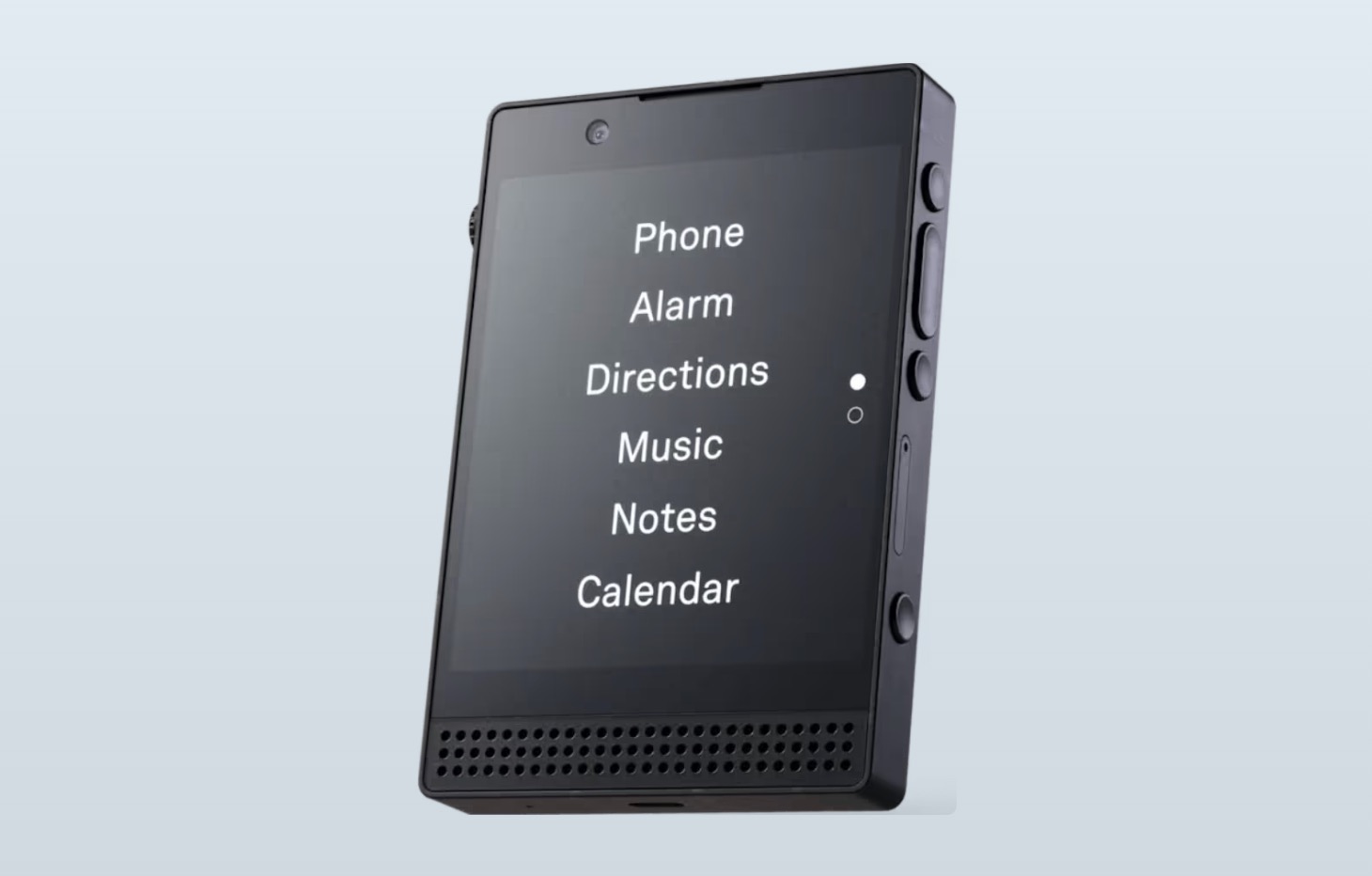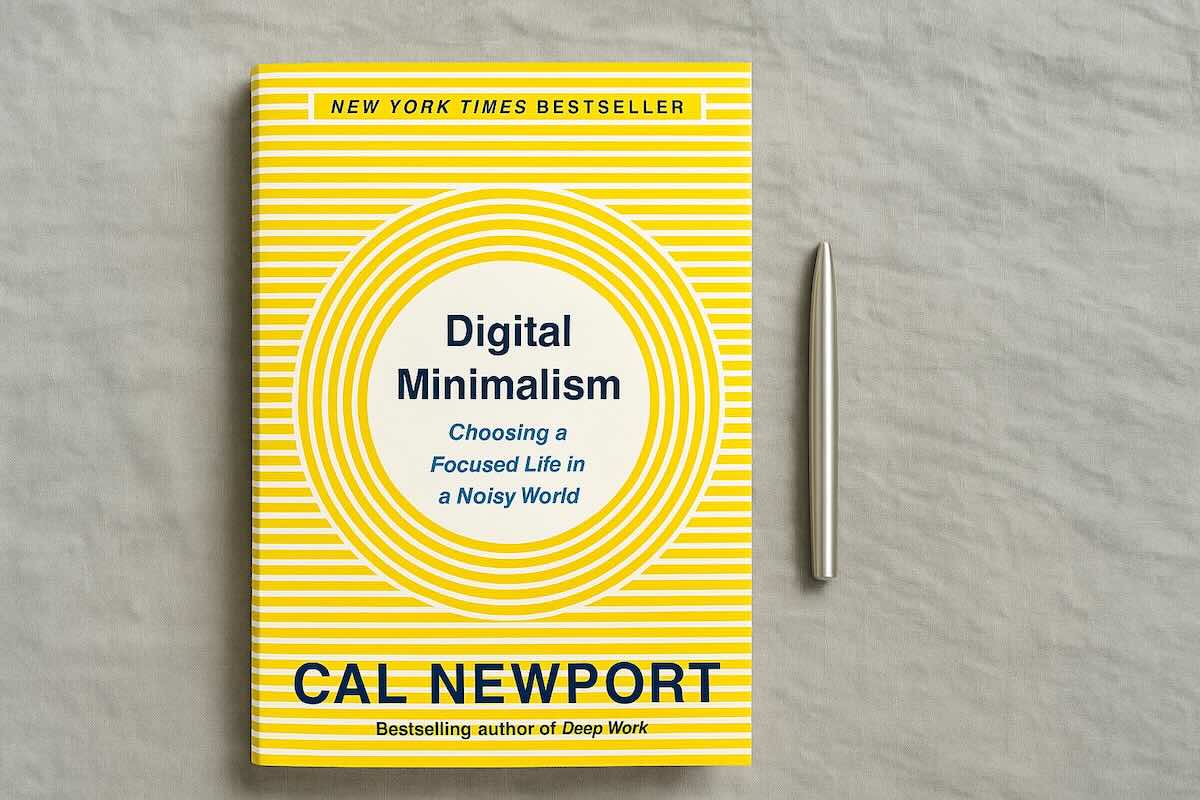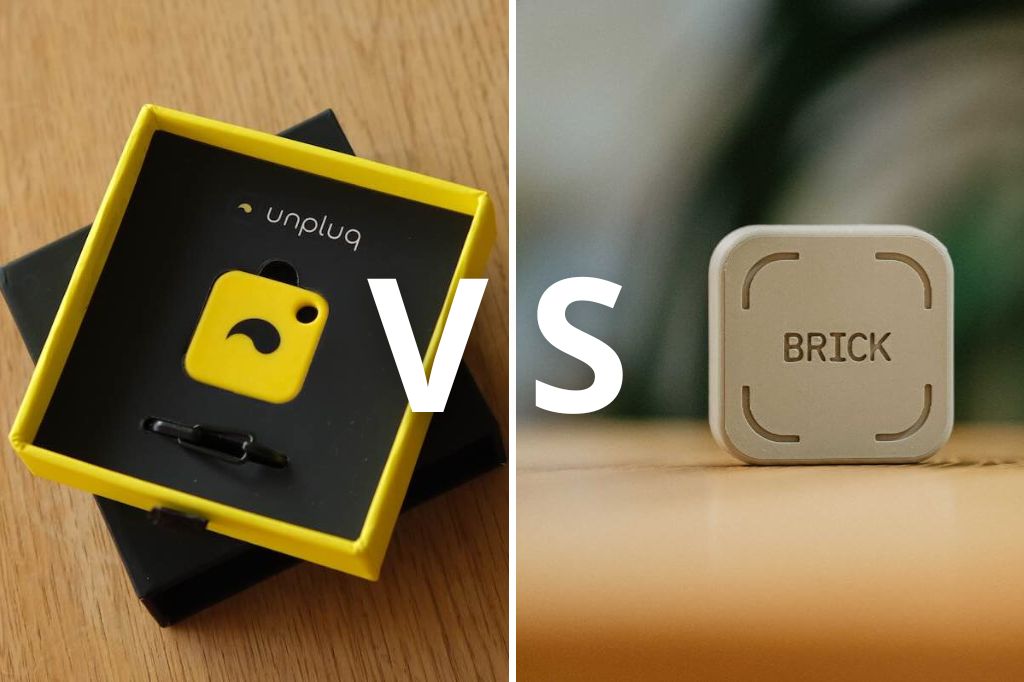Most people sleep with their phones inches from their face. You know it's wrecking your sleep. You just haven't found a real alternative.
I tested the Harmony 2 to see if it can truly replace your phone alarm, timer, and meditation app. Here's what stood out and what didn't.
Let's dive in.
TL;DR: The Harmony 2 is the only device I've tested that made it easier to keep my phone out of the bedroom, fall asleep faster, and wake up without stress. It costs $199 and I'd most likely buy it again if I lost it.
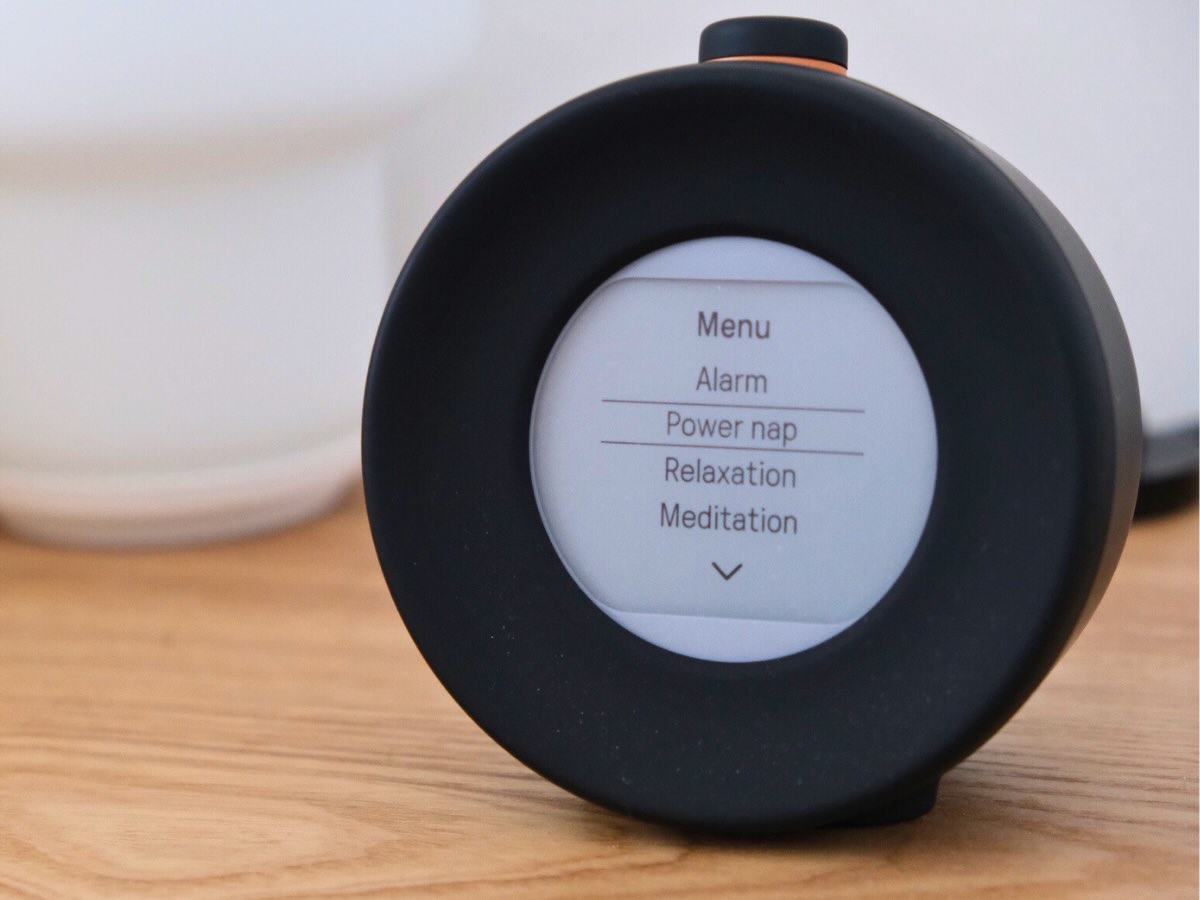
In this post
What It Is and Why It's Different
The Mudita Harmony 2 isn't a better alarm clock. It's a phone replacement for everything sleep and focus.
The Harmony 2 combines an alarm, meditation timer, Pomodoro tracker, and white noise machine into one tool.
It runs offline. It has no icons, just text. You control everything with a knob and two buttons. It looks like a Kindle married a kitchen timer.
The E-Ink screen doesn't emit blue light.
It doesn't use Wi-Fi or Bluetooth. So no EMFs either.
I didn't expect much when I first unboxed it. But within a few days, it had replaced three apps and changed how I start and end each day.
Quick Specs:
- Price: $299
- Display: E-Ink screen + adjustable backlight
- Battery life: Up to 45 days on standby
- Charging: USB-C
- Sound: Rear speaker, adjustable volume
- Integration: Mudita Center desktop app (for firmware updates and uploading custom audio)
Get 15% off with code WHATIFIDIDNT15
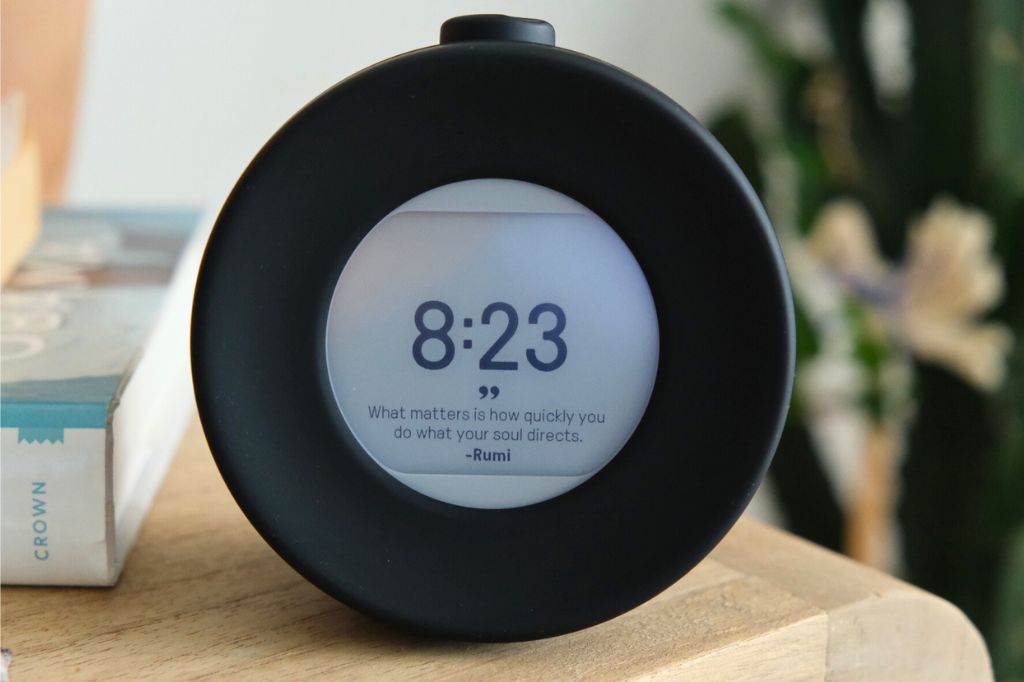
How the Harmony 2 Fits Into a Real Day
What makes the Harmony 2 so useful is how naturally it fits into the day. Here's what a typical day with it looks like:
1. Wake up
I use the pre-alarm. It's a soft tone that plays five minutes before the main alarm. It gives my body and mind a gentle nudge to start waking up.
One of my biggest issues with regular alarm clocks is the sound. Most of them sound like fire alarms. They make me want to throw the damn thing across the room. They also wake up my partner, who likes to get up later than I do.
The Harmony 2 comes with gentle tones that fade in gradually and are actually pleasant to wake up to. And if the default sounds don't work for you, you can upload your own.
2. Meditate
I've always hated using my phone to meditate. I'll open it to find the app, but then I see a WhatsApp message, reply to it, and end up scrolling Instagram.
The Harmony doesn't have distractions. I turn the knob, set a time, and press start.
One feature I really like is the meditation chimes. It plays one at the start and one at the end by default. You can also add a chime in the middle or at regular intervals, like halves or thirds.
It tracks your total meditation time too, which is nice to look back on.
3. Deep work
When I'm working from home, I move the Harmony to my desk.
The focus timer works like a Pomodoro. You can set custom durations for work sessions, short breaks, and long breaks. You can also decide how often to take a longer pause.
4. Rest
The Harmony has two options for rest: Relaxation and Power Nap.
Power Nap is a simple countdown timer.
Relaxation plays a sound or music for a set amount of time. It comes preloaded with soundscapes and different types of noise, like white, brown, or gray. You can also upload your own through the desktop app.
5. Bedtime
You can set the Harmony 2 to play a sound every evening before bed. Why? Because a consistent bedtime is one of the easiest ways to wake up feeling refreshed. But building the habit takes effort.
The bedtime tone is a nice reminder that the day is done and it's time to unplug. It's just enough to pull you out if you're caught up in your phone, Netflix, or late-night work.
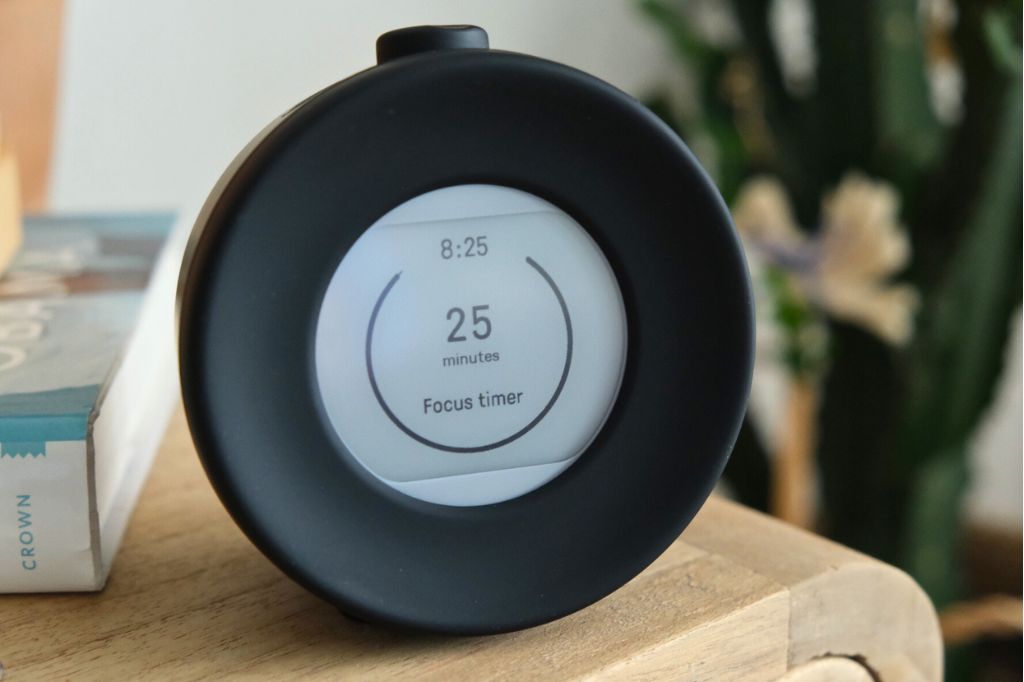
Pros and Cons
Not sure if it's for you? Here's the short version.
✅ No blue light. The Harmony 2 uses an e-ink screen, so it won't mess with melatonin production at night. You can turn on the backlight without flooding the room with bright light. It's the only kind of screen I'm willing to keep in my bedroom.
✅ Versatile. It handles alarms, meditation, Pomodoro, power naps, and bedtime reminders without adding distractions. It's not trying to be smart. It just works.
✅ No distractions. I used to open my phone to meditate and get sucked into something else. With the Harmony 2, I press one button and start. I don't get a chance to “just checking something first.”
✅ Battery life. 45 days on a full charge is outstanding. You charge it with USB-C, and it lasts far longer than anything else on my nightstand (yes, I'm looking at you, Oura ring).
✅ Beautiful design. The shape, materials, and typography are inspired by Japanese and Scandinavian design (a.k.a. Japandi). It looks fantastic on a nightstand and brings a quiet presence to the room.
✅ Custom sounds. Using Mudita's desktop app, you can upload your own audio files for alarms or relaxation. I've added a few ambient tracks I like. The company also pushes regular software updates, which isn't something you expect from an alarm clock.
❌ Price. It costs $199. That's a lot for an alarm clock. But if I end up using it for two years, that works out to around $8 a month. For something that helps me wake up better, focus more, and sleep deeper, that feels fair.
❌ Bedside light is okay. It works in a pinch, but won't replace a lamp. It's more of a backup than a feature you'll rely on often. Might be good for the occasional toilet run in the middle of the night.
❌ Overkill for some. If you just want something to wake you up, this isn't it. A cheap analog clock will do that for a tenth of the price. It makes more sense if you're trying to reduce screen time and create a more intentional bedtime routine.
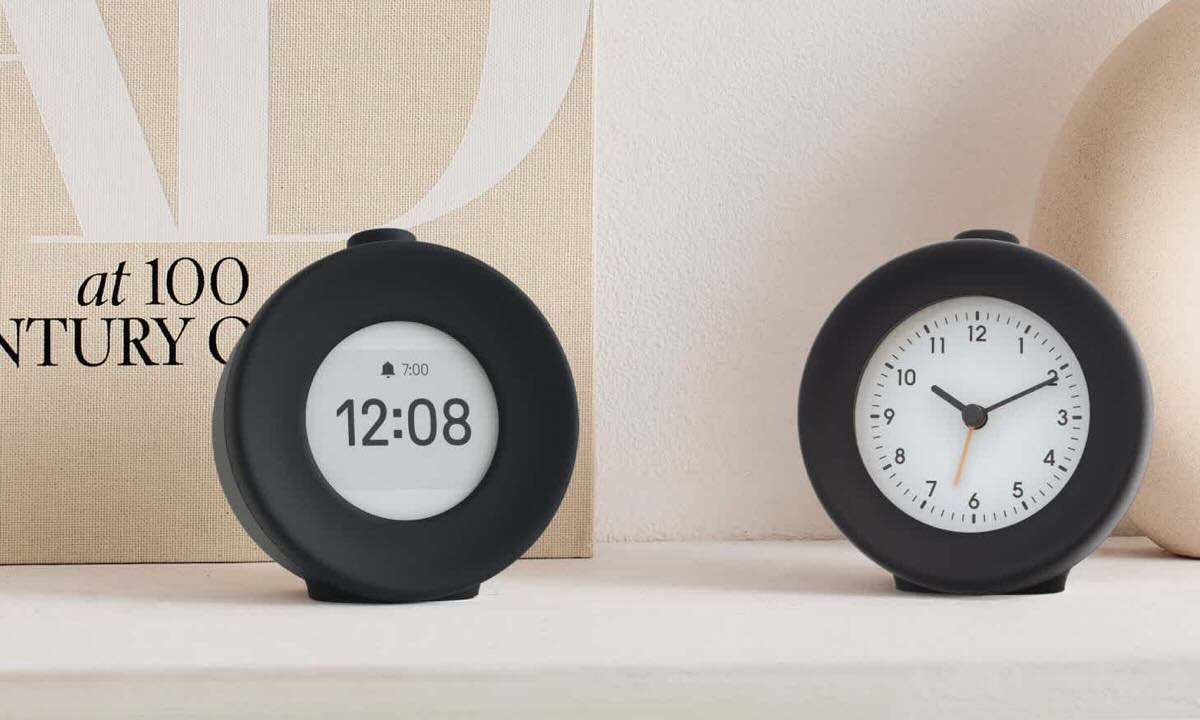
Build and Overall Quality
Mudita kept things simple with the Harmony 2: one knob, two buttons, a beautiful rounded screen. That’s it.
The build feels refined. The finish has a soft, rubbery texture that gives it grip and a bit of weight.
It’s super easy to use. You scroll with the main knob and press to select. One button turns on the light. The other goes back. The menu shows plain text, with nothing to interpret or decode. It feels calm and straightforward.
Sounds play through a speaker on the back. Alarms, chimes, and ambient audio come through surprisingly clean. You can upload your own tracks using Mudita’s desktop app via USB-C.
Battery life is excellent. I charge it about once a month. Weekly charging would drive me crazy, like with other wellness devices (I’m looking at you, Oura ring).
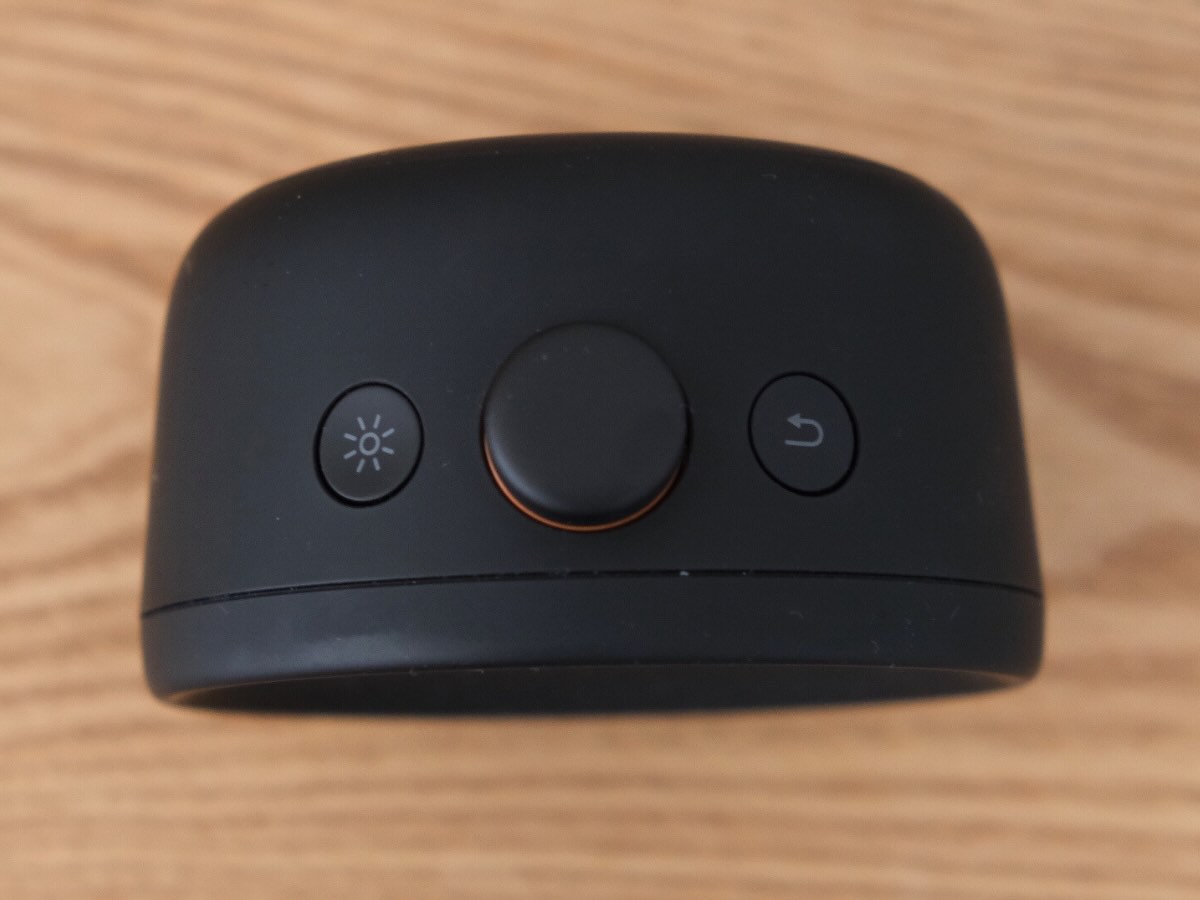
Final Verdict: Who Should Actually Buy This?
If you sleep fine with your phone, this probably isn't for you.
But if you:
- Struggle to disconnect at night
- Check your phone first thing
- Use timers or meditation apps but get sidetracked
…then this is a solid buy. You'll use it every day.
The Harmony 2 has created space where my phone used to be. That alone is worth the price.
I didn't need a prettier clock. I needed a reason to leave my phone outside the bedroom. This gave me that reason and made the habit stick.
Get your Harmony today
The Harmony is exclusively available at mudita.com. Get yours today.
See the Harmony 2 at Mudita.comUse code WHATIFIDIDNT15 at checkout to get 15% off
FAQs
How long does the Mudita Harmony 2 battery last?
Up to 45 days on a full charge. In real-world use, I've gone over a month without needing to recharge.
Can I upload my own alarm sounds?
Yes. You can upload MP3 files using the Mudita Center desktop app. These can be used as alarms, meditation sounds, or background noise.
Does the Harmony 2 connect to Wi-Fi or Bluetooth?
No. It's fully offline. There are no wireless features, which helps keep distractions out of your sleep space.
Can I use the Harmony 2 as a Pomodoro or focus timer?
Yes. There's a built-in timer function with Pomodoro mode. I use it daily at my desk during deep work sessions.
Is the screen backlit? Can I use it in the dark?
The E-Ink screen includes a backlight with adjustable brightness. Even the lowest setting is easy to read in a dark room.
Is there a snooze button?
Yes. You can snooze an alarm with a single press of the knob. You can also disable snooze entirely in the settings if you prefer.

